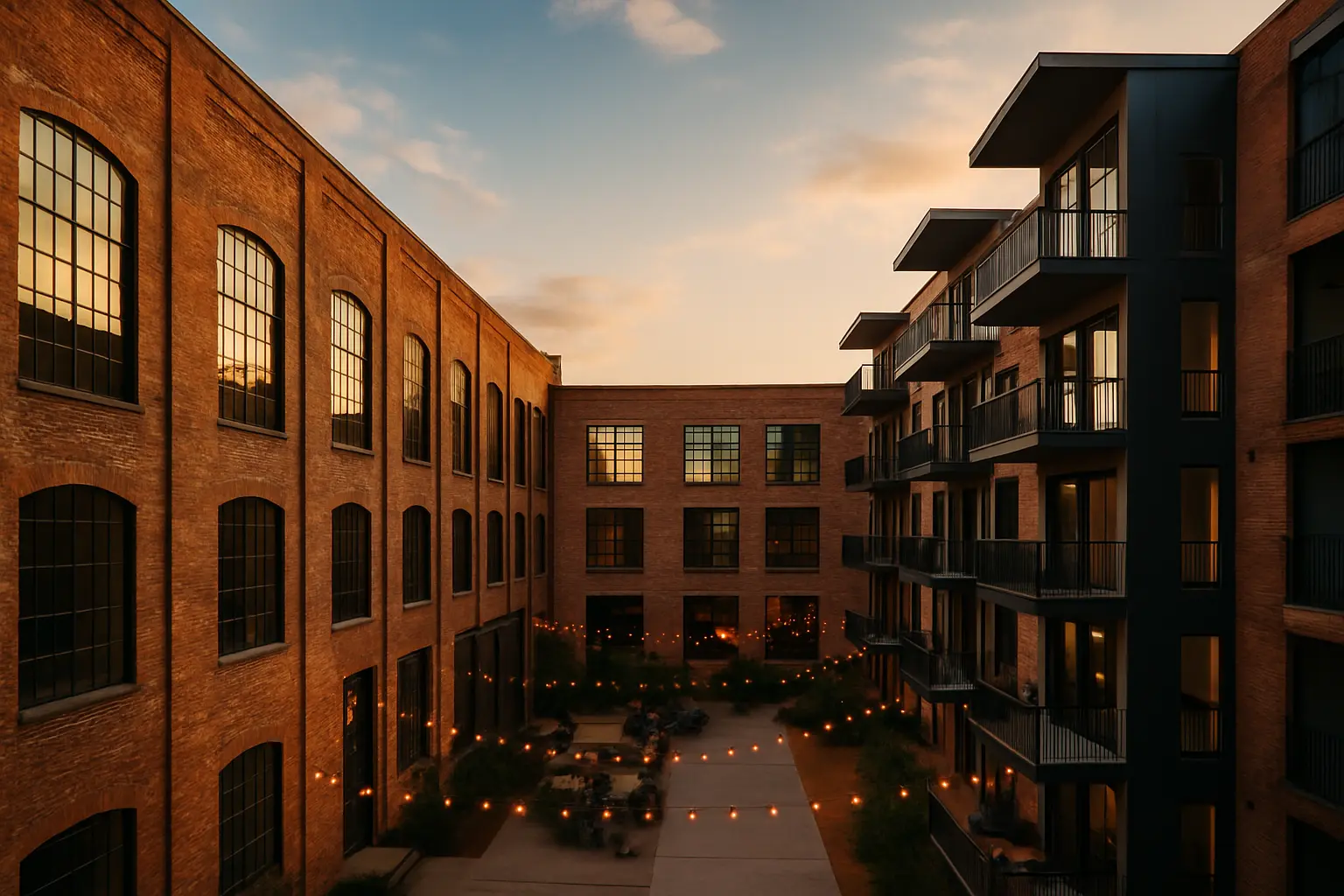From Warehouses to Wonderspaces: Atlanta's Commercial-to-Residential Revolution
Discover how adaptive reuse projects are transforming Atlanta's industrial spaces into sought-after living and mixed-use developments.

The Rise of Adaptive Reuse
Atlanta's skyline is witnessing a remarkable transformation as developers breathe new life into the city's industrial past. The adaptive reuse movement has taken hold, turning forgotten warehouses and commercial spaces into coveted residential properties that tell a story of innovation and preservation.
In recent years, the demand for unique living spaces has skyrocketed, with millennials and young professionals seeking homes that offer character, sustainability, and a connection to Atlanta's rich industrial heritage. These adaptive reuse projects preserve the architectural integrity of historic buildings while introducing modern amenities and design elements.
Success Stories
Ponce City Market stands as a shining example of successful commercial-to-residential conversion. This former Sears, Roebuck & Co. building has become a mixed-use haven, featuring luxury apartments, office spaces, and a thriving food hall. Property values in the surrounding Old Fourth Ward neighborhood have seen a remarkable 150% increase since the project's completion.
Notable Transformations
- The Belt Line Warehouses: Former railway storage transformed into artist lofts
- Westside Provisions: Industrial meat-packing facility converted to upscale residences
- Krog Street Market: 1920s warehouse reimagined as residential and marketplace
"These projects don't just create homes; they preserve Atlanta's soul while building communities," - Atlanta Urban Development Director
Investment Potential
The financial benefits of adaptive reuse developments are compelling for both investors and residents. These properties typically command premium rents while offering lower construction costs compared to new builds. The unique character and prime locations of these developments continue to attract strong tenant demand.
Key Investment Benefits
- 20-30% lower construction costs compared to new developments
- Higher occupancy rates averaging 95%
- Strong appreciation potential in emerging neighborhoods
- Tax incentives for historic preservation
Future Outlook
Atlanta's commercial-to-residential revolution shows no signs of slowing down. With sustainability at the forefront of urban planning, these projects represent the future of smart city development. The trend is expanding beyond the city center, with suburban areas now exploring similar conversions.
Developers are increasingly incorporating green technologies and community spaces into their designs, creating self-sustained micro-communities. These developments are not just changing where people live; they're transforming how people live, work, and interact with their urban environment.
Emerging Trends
- Integration of smart home technologies
- Focus on community gathering spaces
- Emphasis on walkability and mixed-use functionality
- Preservation of industrial architectural elements
As Atlanta continues to grow, these adaptive reuse projects serve as blueprints for sustainable urban development, proving that the best way to build for the future is to reimagine the past. The commercial-to-residential revolution is more than a trend—it's a movement that's reshaping Atlanta's urban fabric one building at a time.


